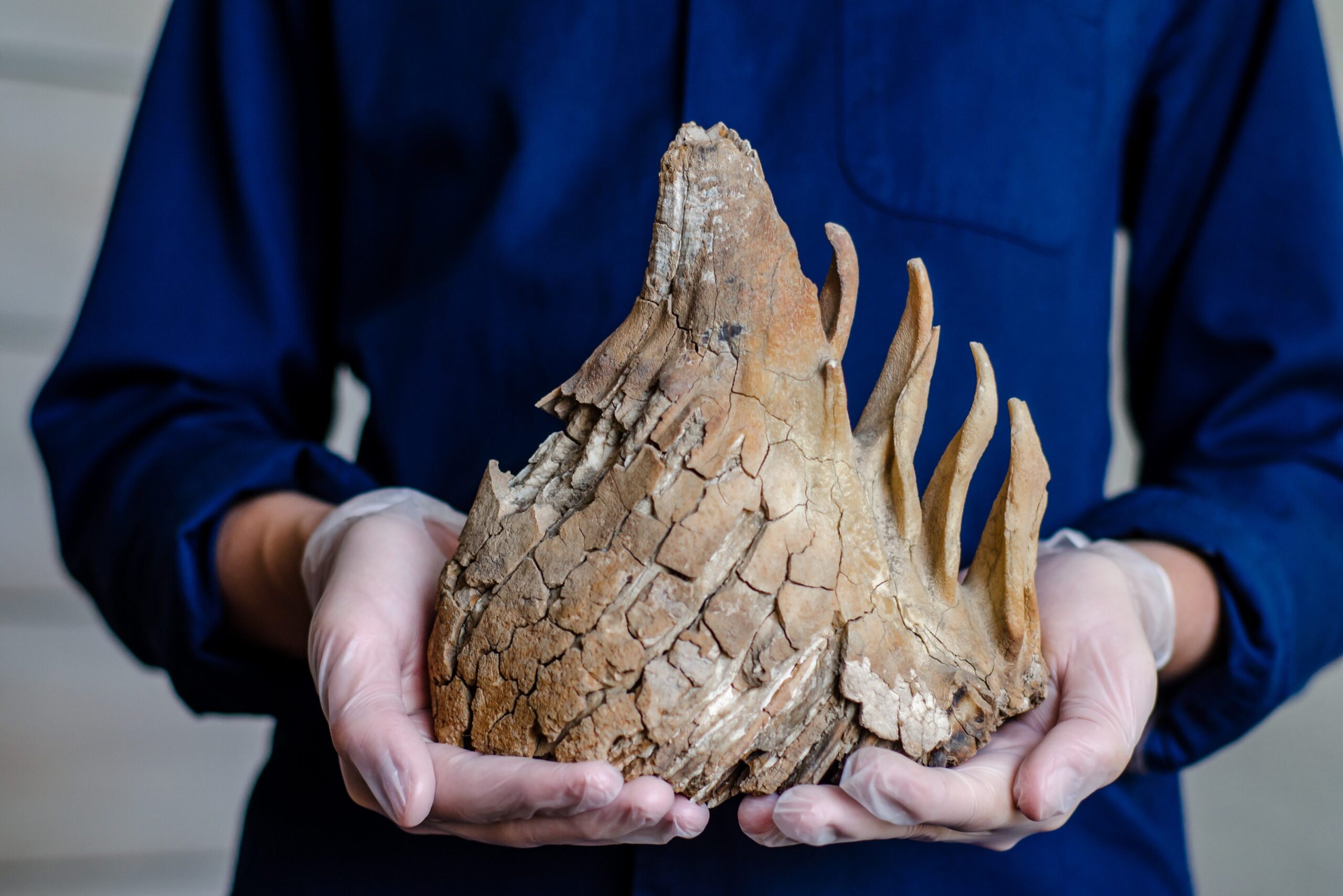
We’ve split the atom, mapped the human genome, and now… we’re talking resurrection. Yep, de-extinction. It sounds like something out of a sci-fi movie, but the science is catching up to the dream and the ethical debate is louder than ever. If we really have the power to bring back what we’ve lost, the next question is simple: Which species truly deserve a second chance? Some choices could heal the planet. Others might just heal something in us. Here are the top contenders scientists believe are worth reviving and why.
The Woolly Mammoth
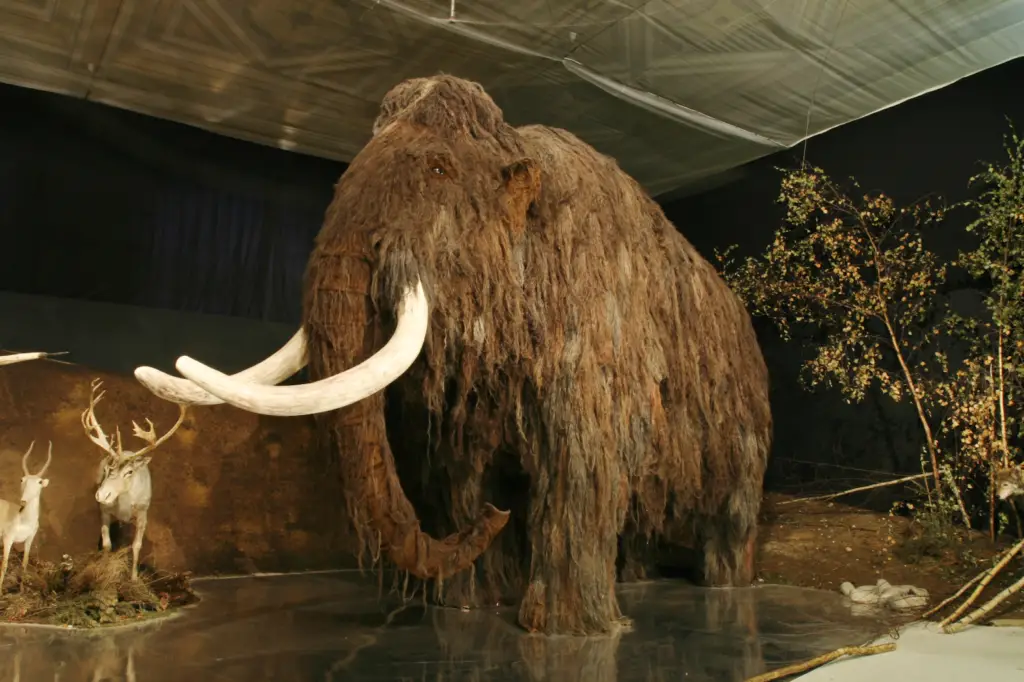
Imagine the frozen tundra rumbling under the feet of these shaggy giants again. Scientists see the woolly mammoth not just as a prehistoric marvel but as a potential climate hero. By reintroducing them into Arctic ecosystems, they could help slow permafrost melt and combat carbon release. Beyond the science, the mammoth represents resilience and mystery, making it an emotional favorite. But bringing them back isn’t just about nostalgia. It’s about restoring balance in ecosystems we’ve thrown off-kilter. With Asian elephants as their closest living relatives, we’re closer than ever to seeing these tundra titans roam again.
The Dodo
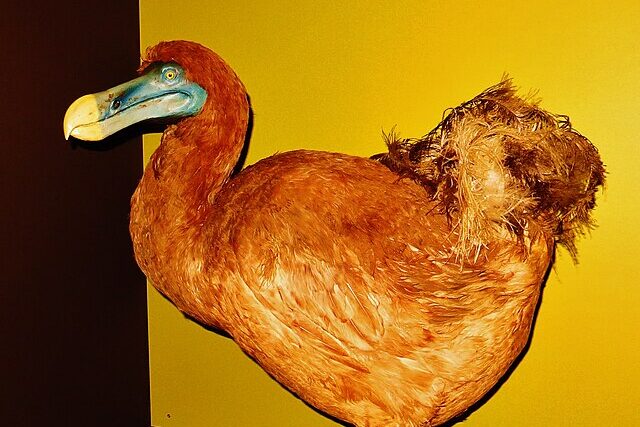
The dodo didn’t just vanish, it was pushed. Hunted into oblivion within a century of being discovered, the dodo became a global symbol of human destruction. Now, scientists see the dodo as a prime candidate for de-extinction because of how much we know about its history and genetics. Its comeback could serve as a powerful moral and ecological reminder. Native to Mauritius, the island still has the habitat and conditions that could support its return. Reviving the dodo could bring more than balance to its ecosystem, it could offer a rare moment of redemption.
The Great Auk
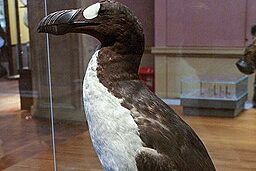
This penguin-like seabird once thrived in the North Atlantic, until it was hunted to extinction for its feathers, meat, and oil. The great auk’s disappearance caused ripple effects in marine ecosystems that are still felt today. Scientists believe that reintroducing the great auk could help restore coastal biodiversity and serve as a conservation milestone. More than anything, the great auk reminds us of the cost of exploitation. Its potential revival could mark a turning point where human interference starts to mean restoration, not ruin.
The Tasmanian Tiger
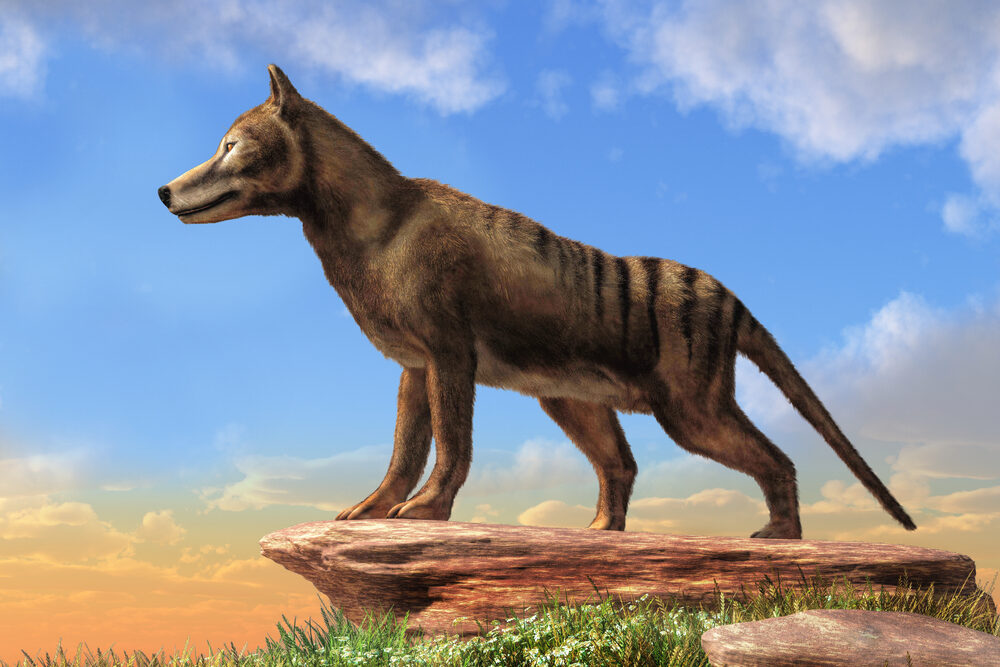
Also known as the thylacine, this marsupial predator was once top of the food chain in Australia and Tasmania, until human fear and misunderstanding drove it extinct. Its role in the ecosystem was vital, keeping populations of other species in check. Without it, invasive species have surged. Reviving the Tasmanian tiger could help rebalance fragile ecosystems and correct one of the most recent extinction wrongs. Scientists have already begun reconstructing its genome, and its return feels less like fantasy and more like a future reality rooted in justice.
The Carolina Parakeet
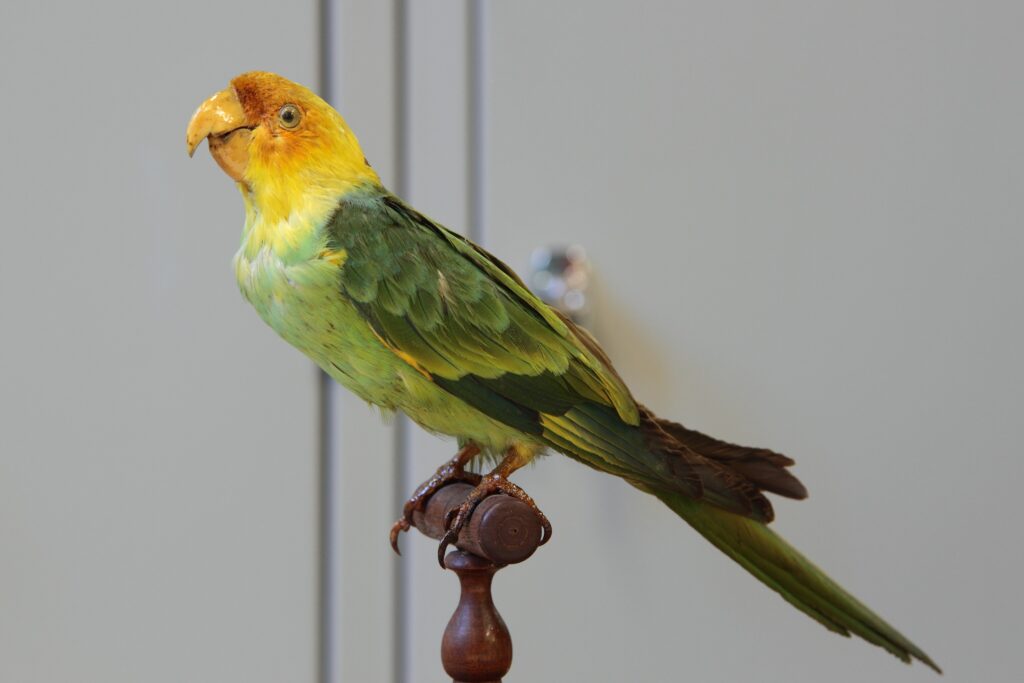
Bright, social, and native to the U.S., the Carolina parakeet was once a common sight across the Southeast, until deforestation and hunting wiped it out. Its disappearance left a silence in American forests that hasn’t been filled. Bringing back this colorful parrot could reintroduce vital seed dispersal behaviors and boost local biodiversity. Emotionally, its revival would be deeply personal for Americans. It’s a chance to right a wrong that happened on home soil and reconnect with a lost piece of natural heritage that once fluttered in our own backyards.
This story If We’re Playing God, Let’s Do It Right: Scientists Pick Which Extinct Species Deserve a Comeback, was first published on DailyFetch.


